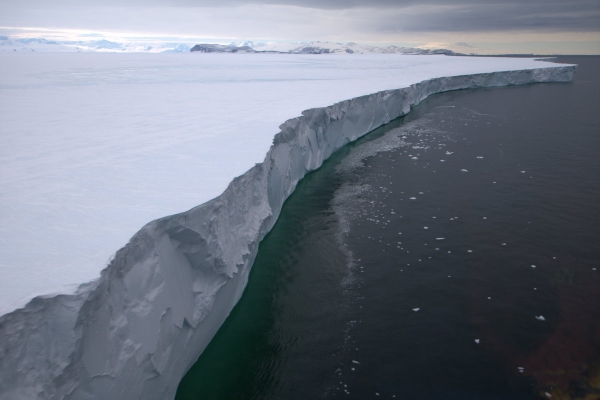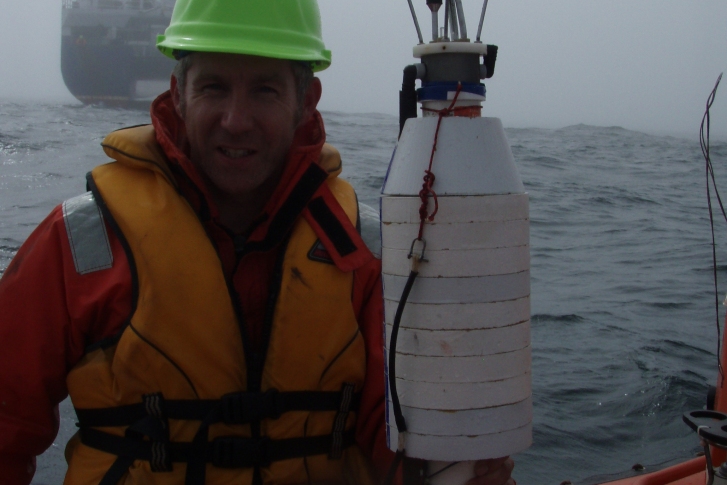Understanding how the Antarctic oceans work is vital to predicting the world’s future climate and the implications of climate change for humankind and the planet.
The MBIE Antarctic Science Platform, run by Antarctica New Zealand, has just announced the funding of a series of projects, including a six-year NIWA-led programme on the ocean around Antarctica called “Antarctic ocean mechanics: past, present and future”.
The project is led by Dr Craig Stevens of NIWA, with Dr Christina Riesselman from the University of Otago and includes researchers from GNS Science, Victoria University and the University of Auckland. The project also supports a number of younger scientists to help train the next generation of climate science leaders.
Dr Stevens says the ice, ocean and atmosphere around Antarctica comprise a very important part of our planet’s climate system.
“However, the environment is one of the harshest and most challenging on the planet and is the hardest to measure.
“Despite this, it is vital we improve our understanding of how this domain works as Antarctica’s impact on the global Earth system will largely come through the oceanic transport of heat and other associated materials such as salt, carbon dioxide, oxygen, and nutrients,” Dr Stevens says.
“Humankind is changing the atmosphere rapidly and our knowledge of previous climatic and oceanic response provides only a partial understanding of the implications of such fast change."
“Consequently, big questions remain unanswered as to how Antarctic oceans work with a changing atmosphere, as well as changes in land ice and sea ice cover.”
He asks for example, whether changing wind will increase the presence of warm water in the Ross Sea? Or what will happen to ocean circulation if all the sea ice disappears? Alternately, what will happen to ocean circulation if all the ice shelves disintegrate? If lots of the ice melts, will a cap of fresher water change how the Antarctic oceans work?
“This project will provide decision-makers and other scientists with a much better understanding of how changes around Antarctica get transferred by the ocean further north, and the feedback loops that return to the south.
“Climate models take a broad-brush approach because they must describe the whole planet for centuries to come. However, many of the important processes and change happen at small time and space scales. In order to improve our predictions of the future we need to understand more about these processes and then work out ways to connect the small scales to the large.”
‘Antarctic ocean mechanics: past, present and future’ has four objectives.
- First, continue to collect data in targeted locations, developing the extended observational datasets that are fundamental for understanding change.
- Second, contribute to large international expeditions to recover sedimentary evidence of past ocean conditions and relate these records to how climate has evolved and what it might do next.
- Third, conduct an ambitious experiment to explore the relatively little-studied, but vitally important, Ross Ice Shelf Polynya. This region of wind-forced open water is important for both sea ice production and global ocean circulation.
- Finally, all this work will be combined within computer simulations to help answer the big questions about how the ocean controls Antarctica’s role in our future climate.


